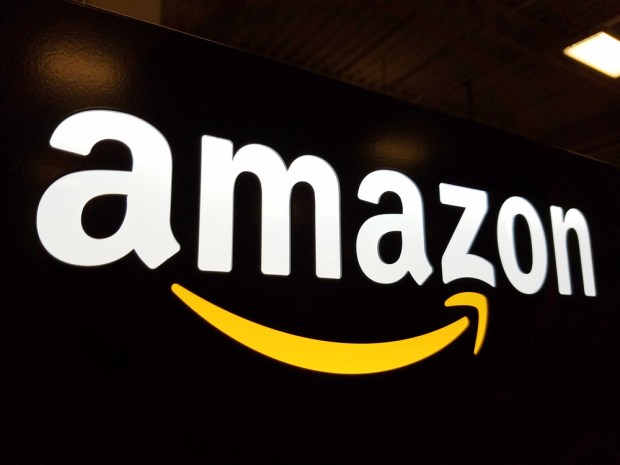As Amazon’s Market Cap Takes Hit, Bright Spots Emerge

It was only about two months ago — August, in fact — when the prediction came out: Amazon, the eCommerce operator that had recently made moves into healthcare, deepened its power in grocery and continued to grow in other parts of retail (and cloud computing), would hit $2.25 trillion in market capitalization by 2024.
That figure, from MKM Partners, was indeed based in large part on the ongoing success of Amazon Web Services, the company’s profitable cloud computing arm. An MKM analyst said in a research note to clients that AWS may be worth $1 trillion in six years – that would be larger than Amazon’s market cap, which currently stands at $929 billion.
Now, though, discussions about Amazon and its market cap are — for the time being, at least — a more subdued affair. After (briefly) hitting $1 trillion in market cap on Sept. 4 — following the lead of Apple, which made that mark in August — Amazon has lost some $250 million in market cap since then.
Q3 Hits
The causes are what reports have called a “brutal selloff” of tech stocks, along with Amazon’s own Q3 2018 earnings.
As reported by PYMNTS, Amazon’s Q3 revenue disappointed investors and analysts. Amazon reported $56.6 billion in total revenue — a 29 percent increase year on year, but short of the $57.10 billion forecast. North American sales came in at $34.3 billion, a 35 percent increase from last year. But international sales were sluggish, only up 13 percent year on year. Amazon also continues to lose money on international sales, but it is losing less money over time. Global losses were $385 million, compared to $936 million at this time last year.
That’s not all.
Amazon’s Q4 revenue will range between $66.5 billion and $72.5 billion, the company said — well below consensus estimates of $73.79 billion — and will grow between 10 percent and 20 percent year on year. Responding to analysts’ questions during the Q3 earnings conference call, Amazon CFO Brian Olsavsky said that recent shipping rate increases represent a common part of Amazon’s business, and noted that they did not believe they would be a significant factor. He added that the wage increase announced earlier this month was incorporated into the guidance, but declined to quantify its impact.
AWS Strength
That said, in Q3, “the star of the show (was) Amazon Web Services,” according to an analysis on Seeking Alpha. “Revenue growth for the segment in Q3 2018 was 46 percent over the prior-year period, and the slight percentage growth slowdown was mostly a function of higher base figures. The dollar increase over Q3 2017 was actually more than the Q2 2018 versus Q2 2017 dollar increase, so the law of large numbers is coming into play.”
Another potential bright spot for Amazon going forward is advertising. According to a recent PYMNTS column by Karen Webster, advertisers reportedly are shifting more of their search budget to Amazon due to higher conversions, made easier by its one-click checkout experience. According to eMarketer estimates, Amazon’s share of digital ad revenue will grow from just over 2 percent today to 3.5 percent a little more than a year from now.
Alexa Growth
Not only that, but Alexa is getting more powerful, and the Echo ecosystem now has some 50,000 skills embedded in thousands of devices – some that are Amazon-branded, but many that are not. The How We Will Pay study, just published by PYMNTS in collaboration with Visa, found that 27 percent of the U.S. population owns a voice-activated device, and 28 percent of those have used such devices for purchases during the seven days in which consumers were asked to tell us about their digital buying and payments experiences.
Another measure of the current and former strength of Amazon comes from the recent PYMNTS data report on how much command Amazon has over the typical consumer paycheck. The new Amazon Paycheck Index shows — among many other data points — that the eCommerce operator now accounts for 2.1 percent of all consumer spend. That’s some $1,320 of the total paycheck for a household that earns roughly $63,000 a year. That’s up from 1.6 percent in 2017. Meanwhile, Amazon’s share of overall retail spend has tripled over the last four years, growing from a 2.2 percent share in 2014 to the 6.4 percent estimated today — a 30.7 percent CAGR over that four-year period.
Amazon is facing increased investor skepticism, and that seems likely to continue in the coming months. But the eCommerce operator and cloud computing provider still has more than a few tricks up its sleeve.
